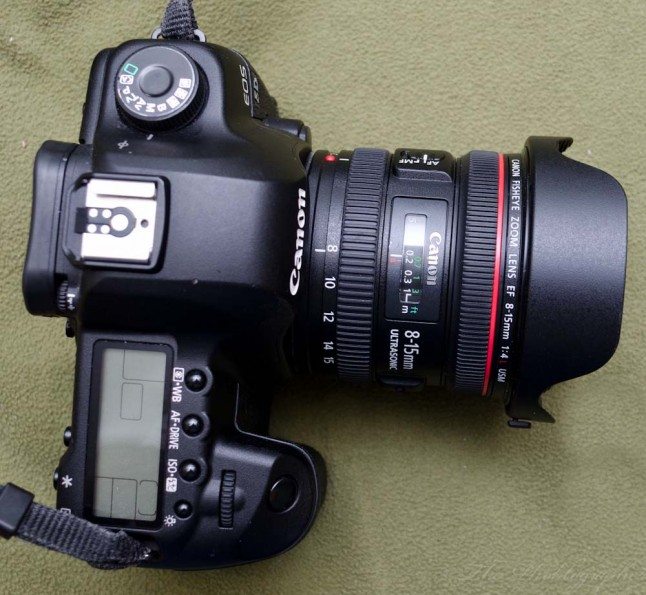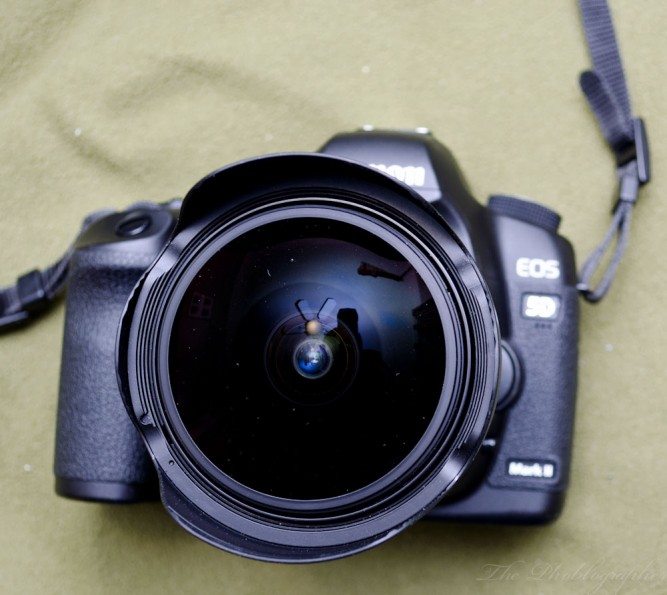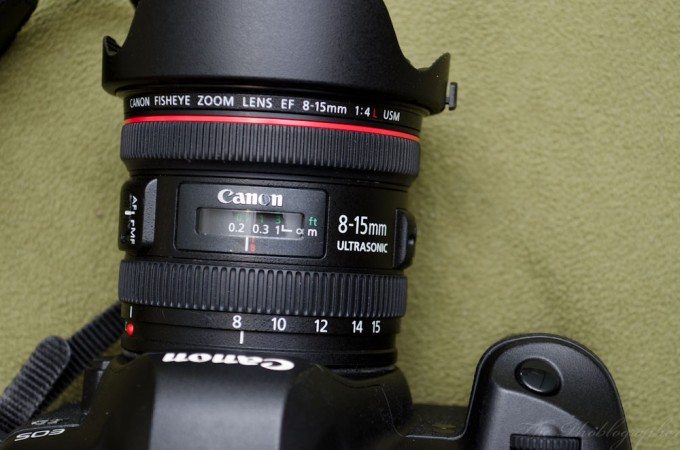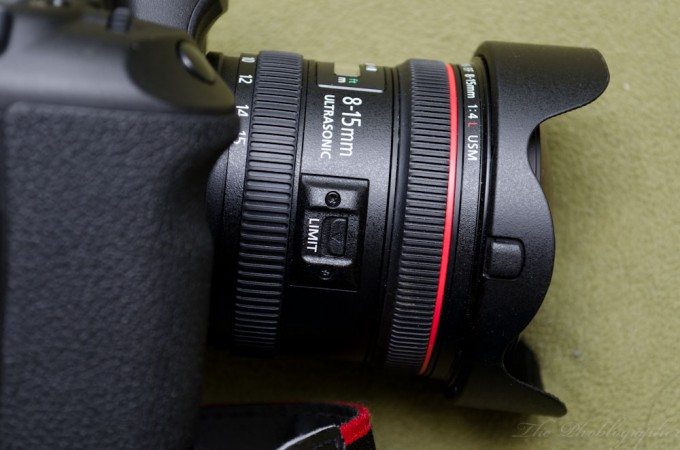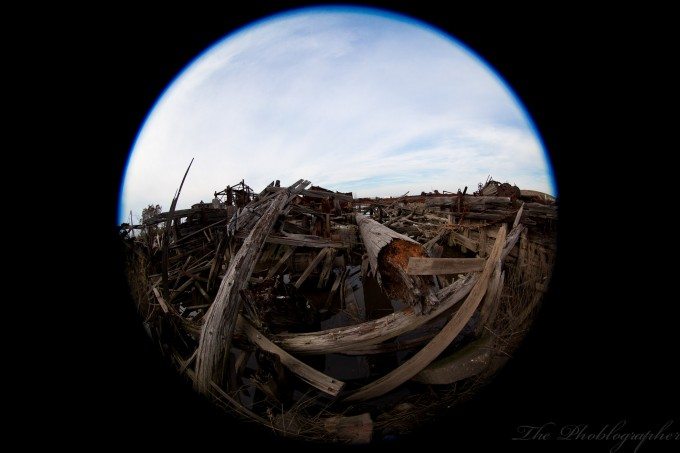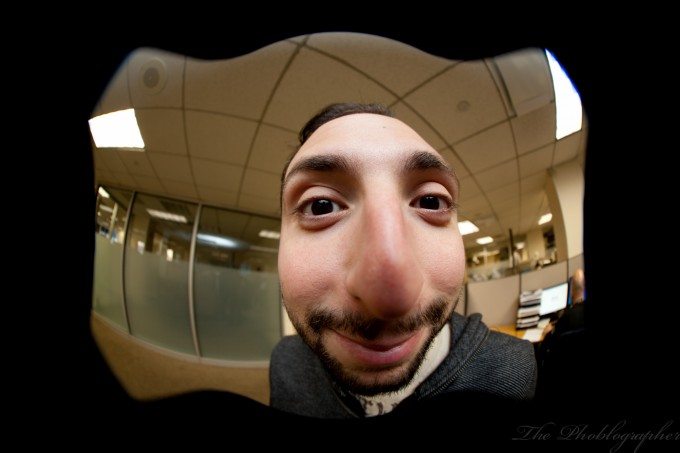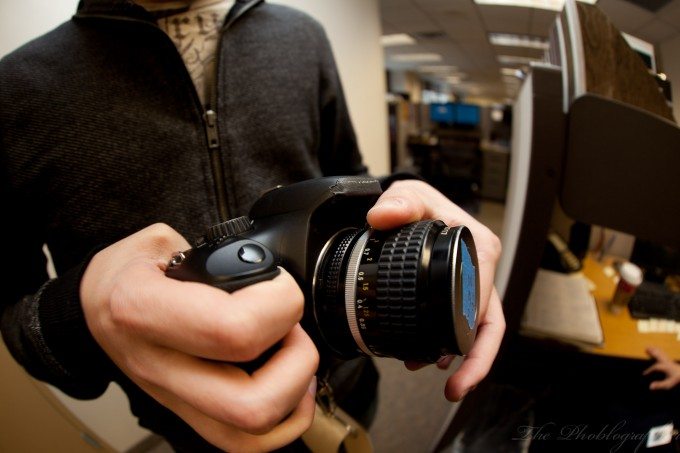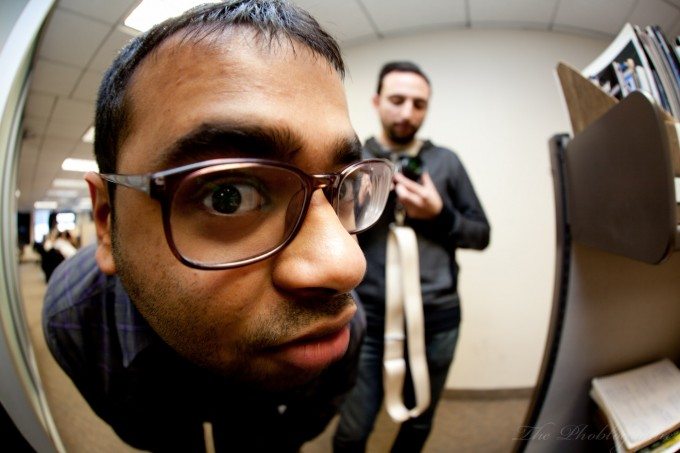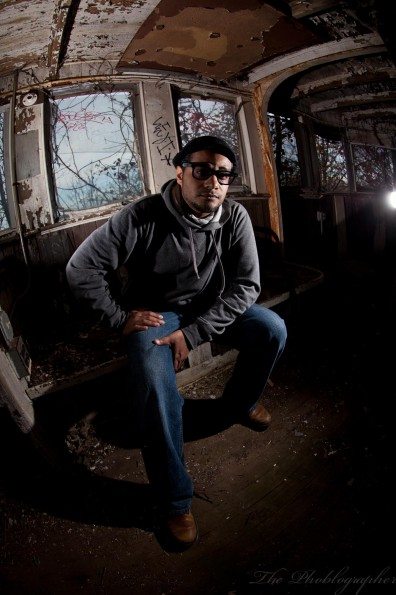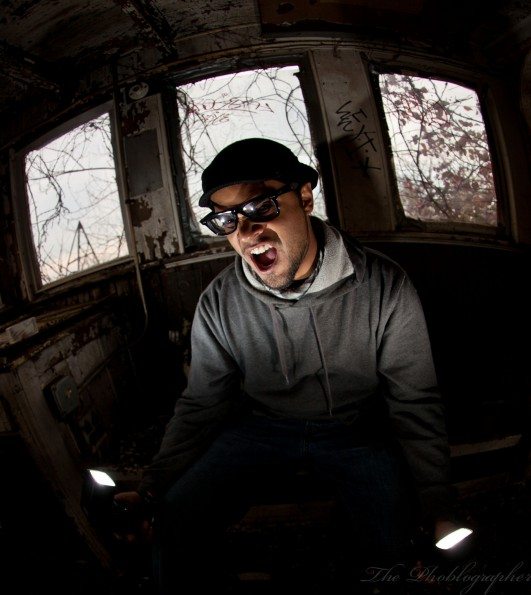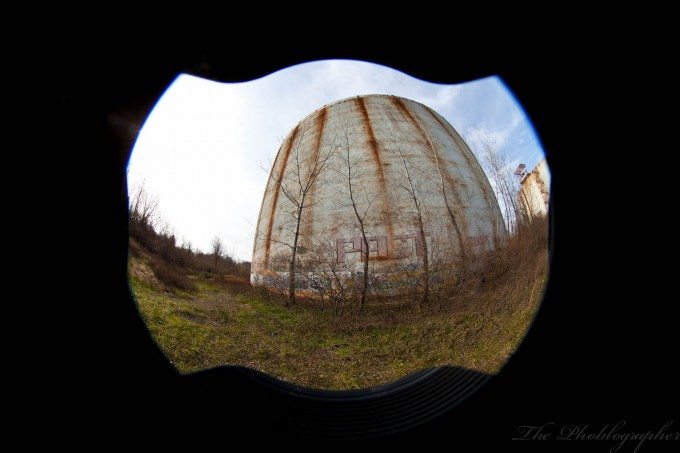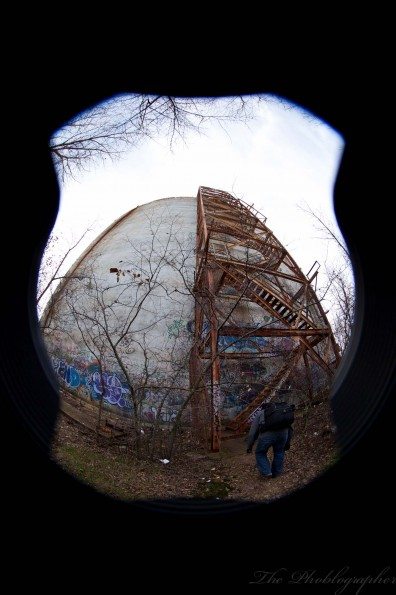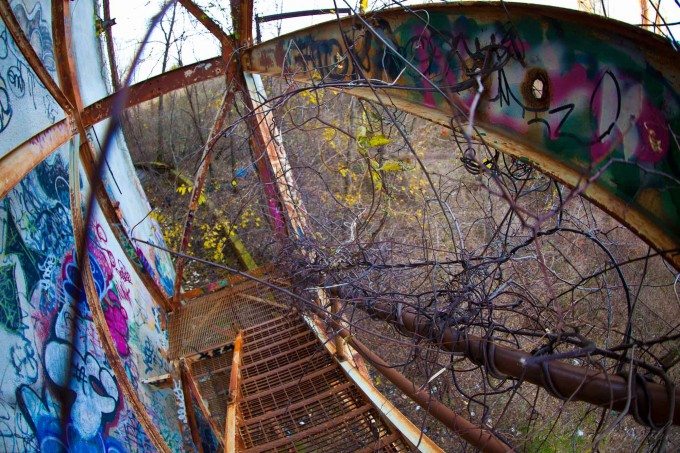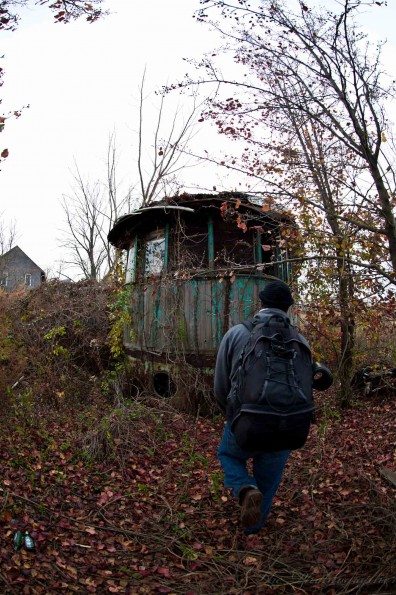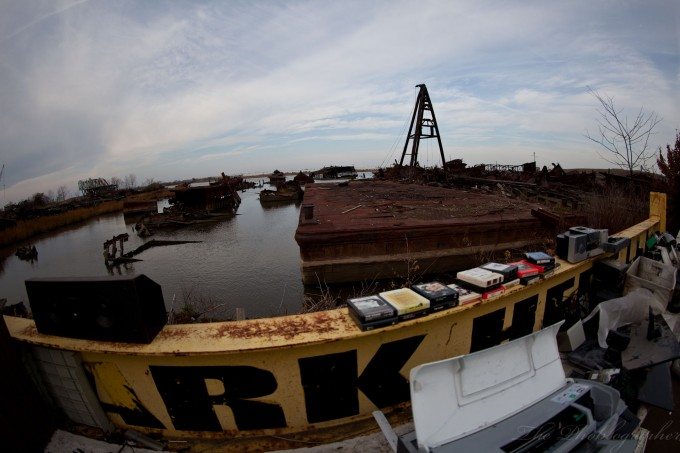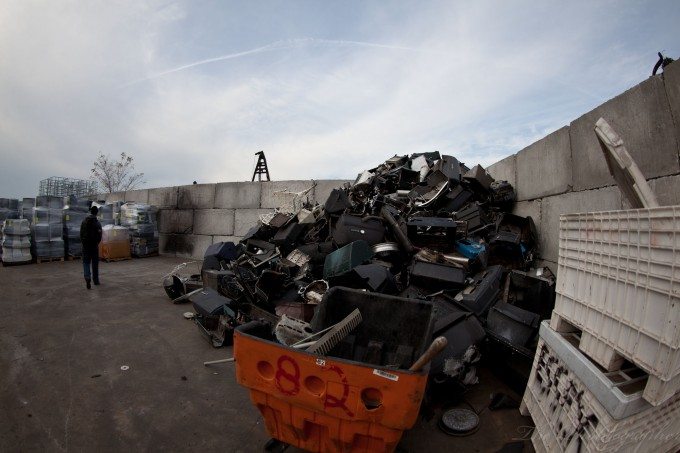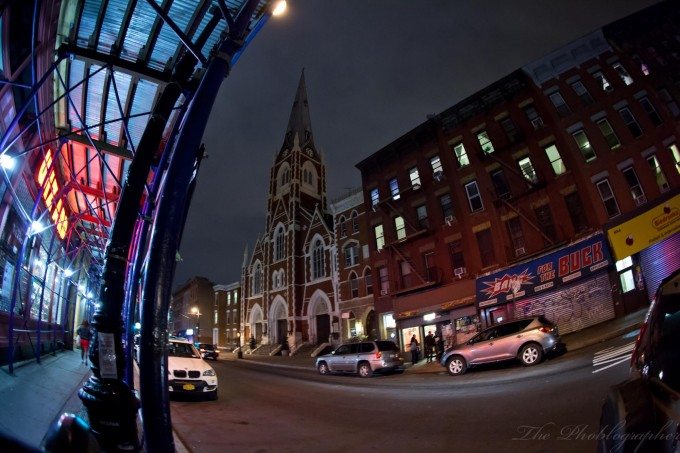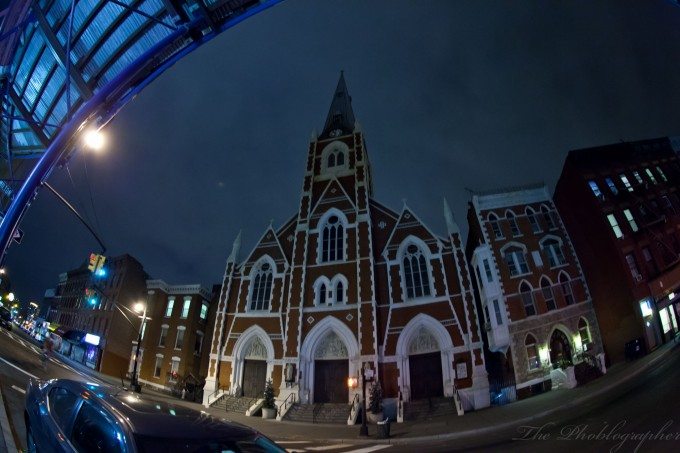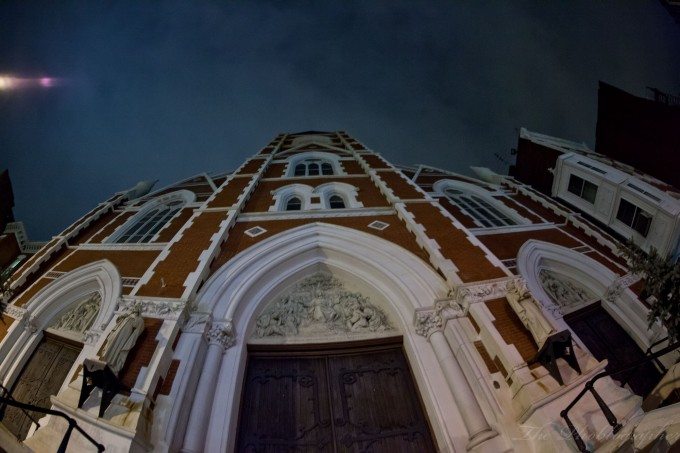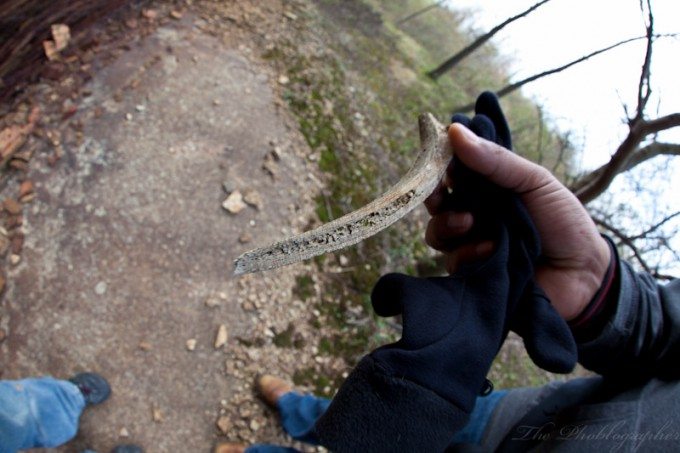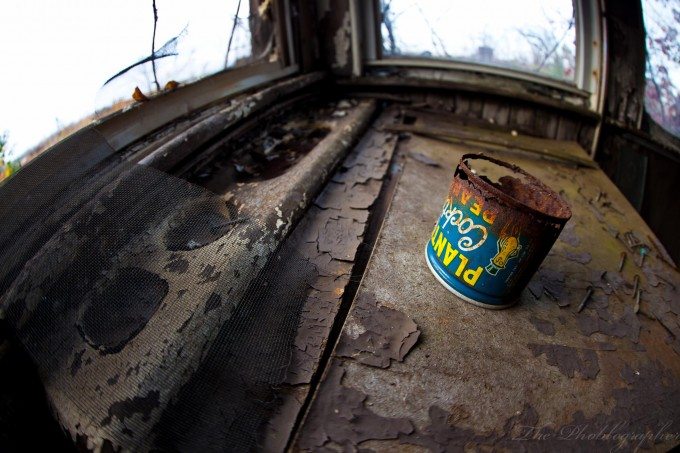See that piece of glass in the photo up above? That is one of the most highly talked about Canon L lenses right now. Indeed, the Canon 8-15mm f4 L fisheye zoom lens is one of the company’s latest additions and also one of the lenses that cannot stay on shelves or warehouses. Even people that don’t like fisheye lenses are amazed by this portable eye of a fish.
But is it worth the hype, money and your time?
Gear Used
Tech Specs
Tech specs were taken from B&H Photo’s listing of the lens.
| Features | |
|---|---|
| Image Stabilization | No |
| Autofocus | Yes |
| Tripod Collar | No |
| Physical | |
|---|---|
| Filter Thread | None 1 |
| Dimensions (DxL) | Approx. 3.1 x 3.7″ (7.87 x 9.40 cm) |
| Weight | 1.19 lb (540 g) |
Ergonomics
The Canon 8-15mm f4 L fisheye is lens with a big bad front element. In fact, it’s enormous and you’ll need to keep it clean. You can’t put a filter on the lens because of the inherent design, so pack the hood, lens cap and microfiber cloths instead.
Oh, and don’t get it dirty. Indeed, you’ll actually sometimes be able to see the dust in photos.
The lens is amazingly small and fits in your hand with ease. The lens features a focusing distance scale on the top. To the left of the lens is an AF/MF switch. On the 5D Mk II, you’ll often want to keep it in autofocus mode.
Then there are the zoom and focusing rings, which are actually quite puny but work well on the lens. The zoom ring is larger than the focusing ring perhaps because Canon figured that most users will just autofocus anyway.
The left of the lens features an area on the zoom ring that will tell you when the lens will actually be a fisheye and not distorted depending on the sensor size. These are marked accordingly by the H (APS-H) and C (APS-C) markings.
On the right of the lens is the zoom limiter switch. This will lock the lens out to a certain zoom range and not allow the user to go past it.
I’ve never used this feature.
Ease of Use
I’ve used fisheye zoom lenses before, but they were variable apertures. I can’t tell you how nice it is to use a zoom lens that has a constant aperture. It makes changing settings much easier in real life use.
Autofocus
Many F4 lenses that I’ve used will misfocus on the Canon 5D Mk II. Amazingly, the 8-15mm f4 L hit the target every time and now a single photo I shot was out of focus unless I focused and recomposed. Even then, barely any of them were due to the wide angle nature combined with focusing further out.
In fact, I’m compelled to say that this lens has been the fastest and most accurate lens I’ve tested on the 5D Mk II.
Durability
This lens has survived being in my Think Tank Retrospective 30 and the treks that I often make with it. Additionally, it has survived being in a messenger bag on the NYC subway system while being bumped by many a drunken commuter. The lens stood up to lots of abuse.
Most notably though, it must be mentioned that the lens cap design is a bit flimsy. While trekking through the woods, the cap was knocked off of the lens hood and I didn’t even know it happened. Luckily, I’m ever cautious about my gear and looked down and saw that it was only a few feet back away from me. Because of this, users may often want to keep the camera and lens protected at all times.
Image Quality
With Flashes
At 8mm, the lens is amazingly sharp wide open. If the lens hood is on, you’ll be able to see it in the frame. Indeed, the hood looks a bit like the inside of a Megamouth Shark’s mouth. This lens has affectionately earned the name, “Megamouth” from me because of this.
It also meters extremely well with Canon’s DSLRs and speedlites.
At 15mm, note that the closer the subject is, the more distorted it will often be. Here is an example.
I’m extremely distorted in the photo above but Matt, who is behind me, actually isn’t very much distorted at all.
In extremely tight situations (like an abandoned tugboat that Hector Martinez and I found), a fisheye lens can help you to create some interesting portraits. The photo above (and the ones below) were shot using the 8-15mm f4 L and with a speedlite on both sides of Hector being triggered by the Phottix Odins.
In fact, I almost never stopped the lens down when shooting portraits. Mostly everything was in focus anyway, so why bother if it will just makes the lights pump out more light and kill the battery life?
Because of this, it is absolutely valuable that the lens is an f4 constant aperture zoom. Otherwise, I’d have to change camera settings more often than I’d like.
What’s really nice is just how nicely the lens flares if it is really pushed to do so.
Landscapes
Keep in mind that this is a fisheye lens, and that there are loads of APS-C photographers out there that want a super-wide field of field. This may be the lens for them, but for the full frame crowd, note that at 15mm everything in the fame will just be distorted to a point.
Also note that if you are shooting landscapes, you may want to take the lens hood off of the lens. Otherwise, the hood will appear in the frame.
Note however, that if the lens hood is on and you are zoomed into 15mm, you won’t see the hood at all. Also note how sharp the lens does for shooting landscapes. For most users that are focusing out to infinity anyway, this will more than suffice.
What is interesting to note though is the color rendering from this lens. It’s actually quite vivid. For the landscape photographer photographing fields or abandoned structures like I did for this review, you’ll be very pleased with this lens’s output.
Here’s a shot from three stories up the ladder in the previous image to show off just how vivid the image capture is. Here are a couple more scenes:
For those interested in urban architecture, I highly recommend a lens like this.
Night shooting and Buildings
A fisheye lens is not only an excellent creative tool, but can also help travelers capture some often photographed buildings: churches.
Despite the fact that most f4 lenses can misfocus in low light situations, I’m glad to say that the 8-15mm f4 L didn’t misfocus at all. You’re probably sitting there reading this and saying, “Duh, it’s a fisheye, it focuses on everything.”
Not so. We’ll get to that in a second.
If you’re photographing churches at night though, be happy that you may even be able to keep your ISO levels down because you can shoot at such a slow shutter speed and still get sharp images due to the reciprocal rule of shutter speeds.
Bokeh?
So can you actually get any bokeh with this lens? Yes, you can. It’s not the creamiest and if anything looks more like the bokeh from an iPhone, but it is there.
Conclusion
Guess what, Canon; you’ve won.
I’m not one to often use fisheye lenses or really want to, but the look and versatility that the Canon 8-15mm F4 L gives me on full frame or APS-C sensors is amazing. I haven’t had this much fun with a lens since testing Olympus’s 12mm f2. The Canon 8-15mm f4 L isn’t just sharp, but it focuses quickly and accurately. Additionally, it’s small and super portable plus renders some wonderful colors. Indeed it is worth every penny.
The only faults of the lens are the semi-flimsy lens hood and lens cap design. But otherwise, I can’t find a single fault of the lens. It even controls flare very well.
Canon’s 8-15mm f4 L will find an excellent home in the hands of creatives. However, it will also be enjoyed by those that never warmed up to fisheye lenses to begin with.
Please Support The Phoblographer
We love to bring you guys the latest and greatest news and gear related stuff. However, we can’t keep doing that unless we have your continued support. If you would like to purchase any of the items mentioned, please do so by clicking our links first and then purchasing the items as we then get a small portion of the sale to help run the website.



